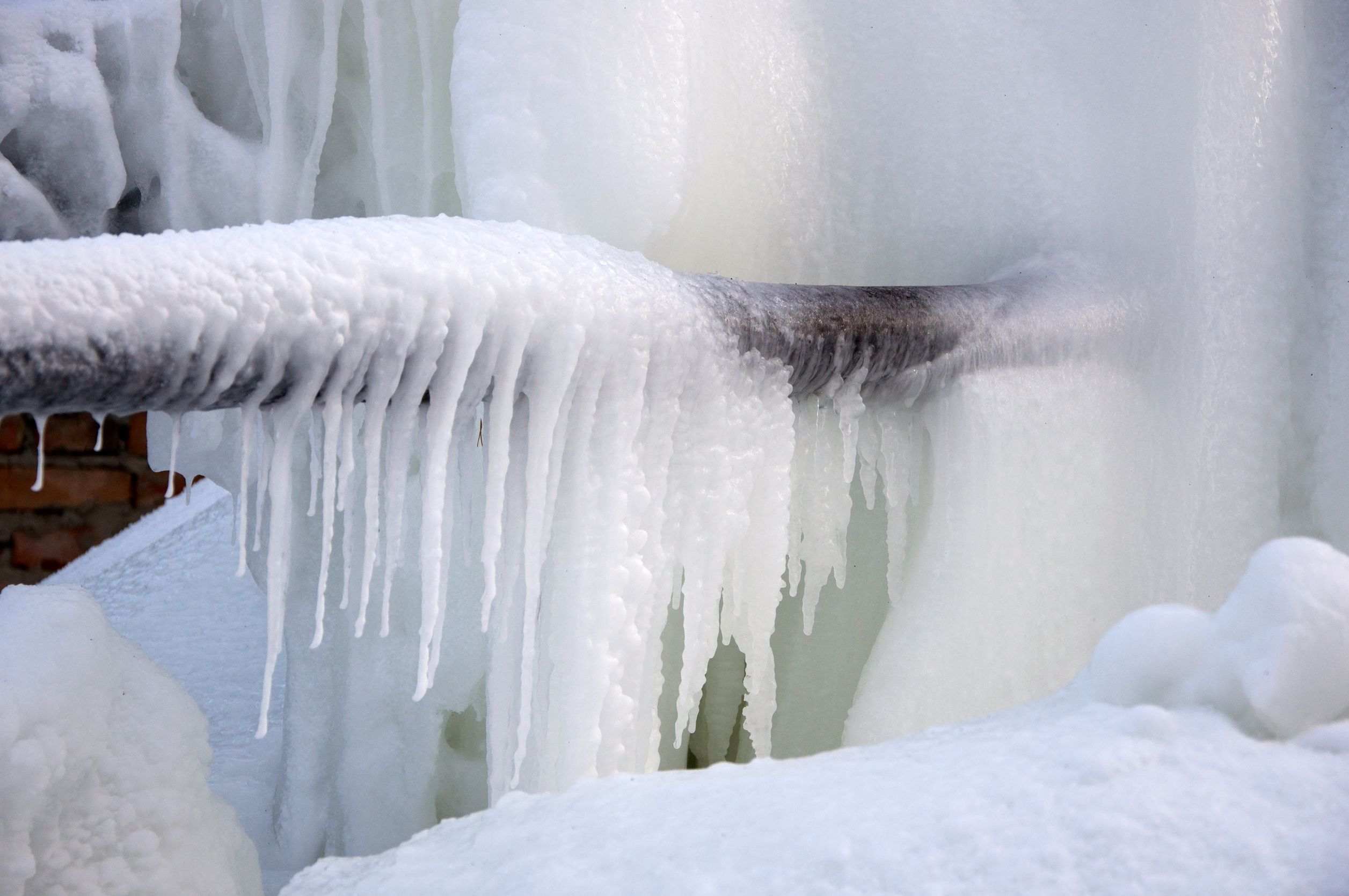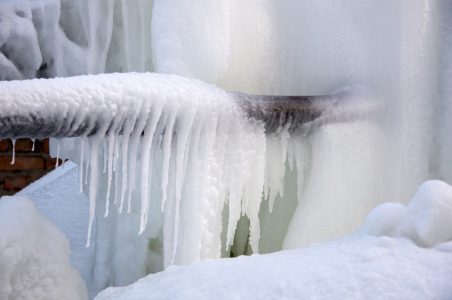Tips to Safeguard Your Pipes from Cold Weather: Professional Guidance
Tips to Safeguard Your Pipes from Cold Weather: Professional Guidance
Blog Article
Were you hunting for information involving How To Avoid Freezing Pipes?

Winter can ruin your plumbing, specifically by freezing pipes. Below's exactly how to prevent it from occurring and what to do if it does.
Introduction
As temperatures decrease, the risk of frozen pipes increases, potentially leading to costly repair services and water damages. Recognizing how to prevent frozen pipes is critical for house owners in cool environments.
Recognizing Frozen Pipelines
What creates pipes to ice up?
Pipelines freeze when subjected to temperatures listed below 32 ° F (0 ° C) for expanded durations. As water inside the pipelines freezes, it expands, taxing the pipeline wall surfaces and potentially triggering them to rupture.
Dangers and damages
Frozen pipelines can lead to supply of water disruptions, building damages, and costly repair work. Burst pipes can flood homes and create considerable architectural damage.
Indicators of Frozen Water Lines
Identifying icy pipes early can avoid them from bursting.
Exactly how to recognize frozen pipelines
Look for reduced water circulation from faucets, unusual odors or noises from pipelines, and noticeable frost on revealed pipes.
Prevention Tips
Shielding susceptible pipelines
Cover pipes in insulation sleeves or utilize warmth tape to protect them from freezing temperature levels. Concentrate on pipelines in unheated or external locations of the home.
Heating techniques
Keep indoor rooms sufficiently heated, particularly areas with plumbing. Open cabinet doors to allow warm air to circulate around pipelines under sinks.
Shielding Exterior Plumbing
Yard pipes and outside taps
Detach and drain garden tubes before winter months. Mount frost-proof faucets or cover outside taps with insulated caps.
What to Do If Your Pipelines Freeze
Immediate actions to take
If you believe frozen pipelines, keep taps available to ease pressure as the ice melts. Make use of a hairdryer or towels soaked in warm water to thaw pipes gradually.
Long-Term Solutions
Structural modifications
Take into consideration rerouting pipes away from exterior wall surfaces or unheated locations. Include additional insulation to attic rooms, basements, and crawl spaces.
Updating insulation
Purchase high-quality insulation for pipelines, attics, and walls. Correct insulation aids keep regular temperatures and lowers the danger of icy pipes.
Verdict
Preventing frozen pipes requires positive actions and fast responses. By recognizing the reasons, indications, and preventive measures, property owners can safeguard their pipes during winter.
6 Proven Ways to Prevent Frozen Pipes and Protect Your Home
Disconnect and Drain Garden Hoses
Before winter arrives, start by disconnecting your garden hoses and draining any remaining water. Close the shut-off valves that supply outdoor hose bibs and leave the outdoor faucet open to allow any residual water to drain. For extra protection, consider using faucet covers throughout the colder months. It’s also important to drain water from any sprinkler supply lines following the manufacturer’s directions.
Insulate Exposed Pipes
Insulating your pipes is an effective way to prevent freezing. Pipe insulation is readily available at home improvement stores and is relatively inexpensive. Pay close attention to pipes in unheated areas such as the attic, basement, crawl spaces, or garage. Apply foam insulation generously to create a buffer against the cold. You can also wrap your pipes in heat tape or thermostat-controlled heat cables for added warmth.
Seal Air Leaks
Inspect your home for any cracks or openings that could let in cold air. Seal any holes around the piping in interior or exterior walls, as well as the sill plates where your home rests on its foundation. Additionally, make sure to keep your garage door closed unless you’re entering or exiting. Leaving it open creates a significant air leak that can lead to frozen pipes.
Allow Warm Air Circulation
During cold snaps, it’s essential to allow warm air to circulate evenly throughout your home. Leave interior doors ajar to promote better airflow. Open kitchen and bathroom cabinets to help distribute heat consistently around the rooms. If you have small children or pets, be sure to remove any household chemicals or potentially harmful cleaners from open cabinets for safety.
Let Faucets Drip
A small trickle of water can make a big difference in preventing ice formation inside your pipes. When temperatures drop significantly, start a drip of water from all faucets served by exposed pipes. This continuous flow helps prevent the water from freezing. Additionally, running a few faucets slightly can relieve pressure inside the pipes, reducing the chances of a rupture if the water inside does freeze.
https://choateshvac.com/6-proven-ways-to-prevent-frozen-pipes-and-protect-your-home/

We are very excited about How To Avoid Freezing Pipes and I hope you enjoyed reading my piece. Sharing is nice. Who knows, you may very well be doing someone a favor. Many thanks for going through it.
This Site Report this page